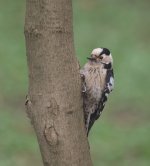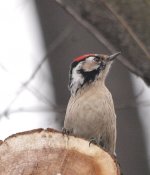Cristian Mihai
Cristian Mihai
Hi everybody,
I have this gear: Olympus E-520 camera + Zuiko Digital 70-300 mm zoom lens, and my intention is to buy an Olympus EC-14 teleconverter.
Please help me with some information about the settings for the camera after adding this teleconverter and any other useful information related with such a gear.
Thank you very much for help.
I have this gear: Olympus E-520 camera + Zuiko Digital 70-300 mm zoom lens, and my intention is to buy an Olympus EC-14 teleconverter.
Please help me with some information about the settings for the camera after adding this teleconverter and any other useful information related with such a gear.
Thank you very much for help.






